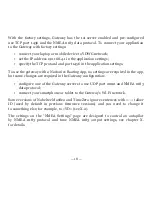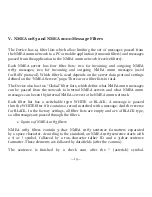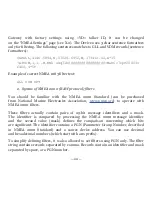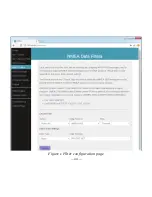
— 9 —
II. Installation of Device and Connection to NMEA 2000 Network
The Device requires no maintenance. When deciding where to install the Device,
choose a dry mounting location. Avoid places where the Device could be flooded
with water, as this can damage it.
Note that conductive materials (metals) weaken the Wi-Fi signal or may even
completely block it. Do not place the Device behind a metal bulkhead. Metals reflect
radio signals, and you should avoid (if possible) placing the Device in front of
metal bulkheads also. Plastic or wood (and many other non-conductive materials)
did not significantly affect the signal.
The Device is well-suited for fiberglass and plastic sailing yachts as well as motor boats
up to 65 feet (20 m) in length. With good signal strength over a 30m area in open
space, the Gateway provides good coverage inside and outside the boat.
On metal vessels or large vessels, an external Wi-Fi router may be required. In this
case, coverage depends on the coverage of the base network, which can contain
multiple Wi-Fi routers connected by Ethernet (for example). PCs and laptops can
be connected to routers (and to the Gateway services) by Ethernet.
The Device is directly connected to the NMEA 2000 network backbone without
a drop cable. Before connecting the Device, turn off the bus power supply. Refer
to the manufacturer’s documentation if you have any questions regarding the use
of connectors:
• SeaTalk NG Reference Manual (81300-1) for Raymarine networks
• Technical Reference for Garmin NMEA 2000 Products (190-00891-00)
for Garmin networks










































